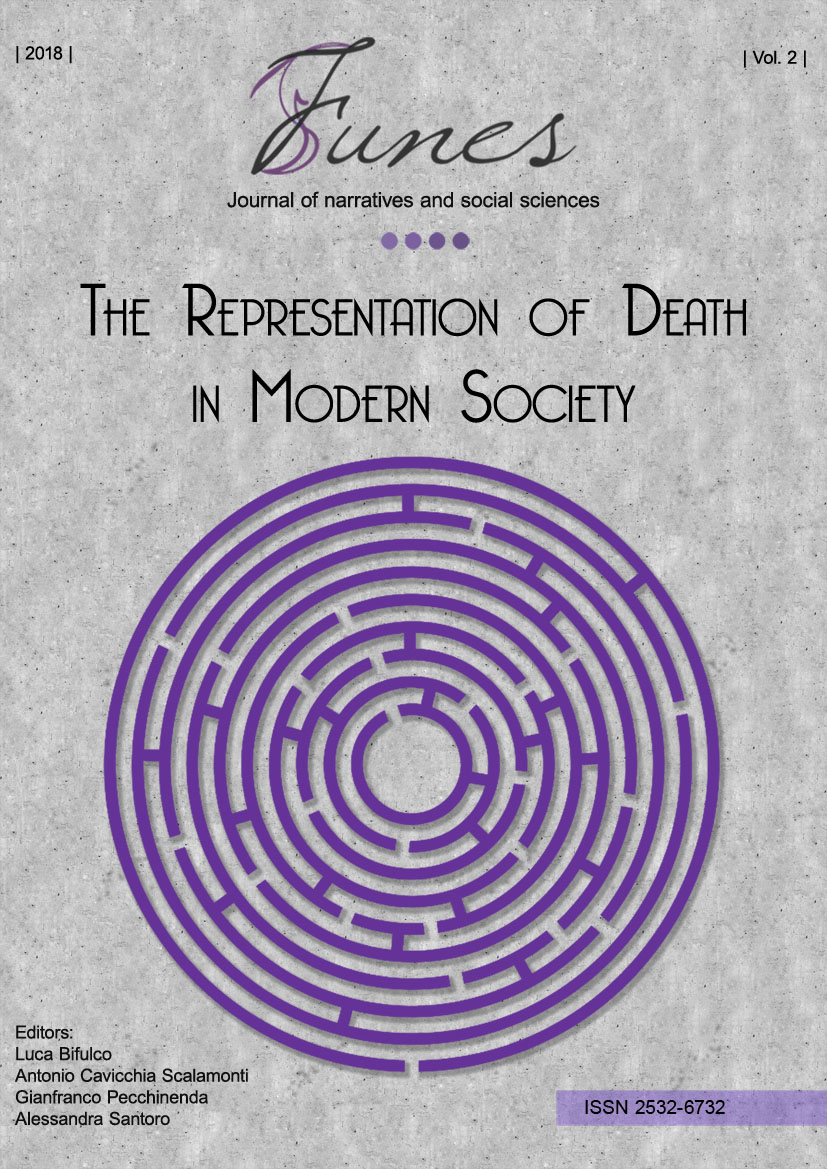The representation of legal executions in American TV series: the paradox of an inaccessible public death
Abstract
67 episodes, broadcast on American networks from 1950 to 2009, presenting the topic of legal execution are analyzed. Narrative and framing devices are described. During the Networks Era, access to the execution chamber is denied: as in real life, the public cannot see and judge executions, democratic review of this procedure is denied. The hero and the elite are the only worthy witnesses. In the more recent episodes, representations are diverse, access to the death chamber is common. Militant representations (retentionist and abolitionist), the adoption of the lethal injection (respecting the modern norms of the “good death”) and the reinstatement of the death penalty justified by the “super due process” probably account for these changes. While the paternalistic messages (defending a private execution) persist in the conservative programs, more liberal storylines stage and request access to the execution chamber to encourage the public to judge the procedure.Downloads
Download data is not yet available.
